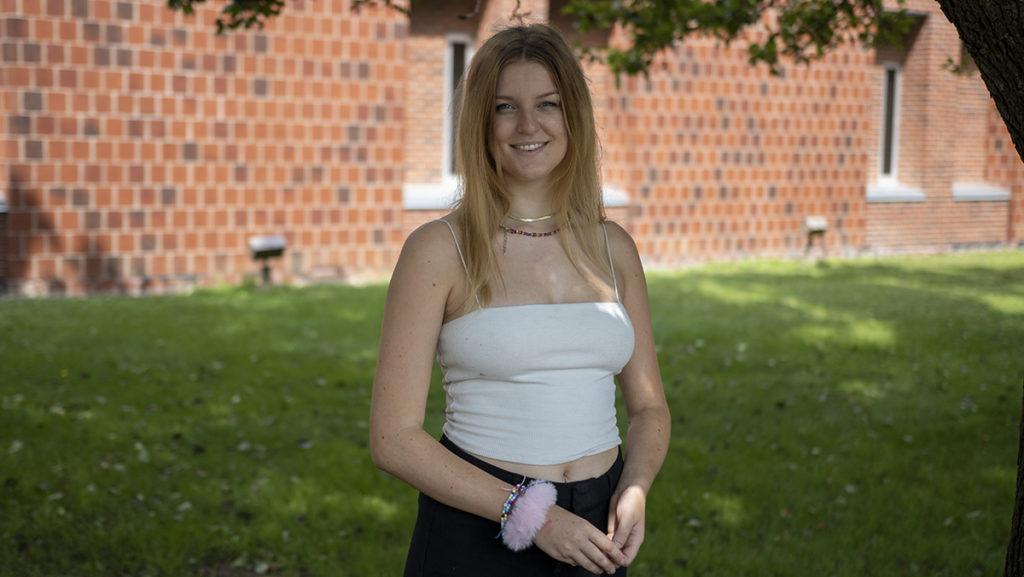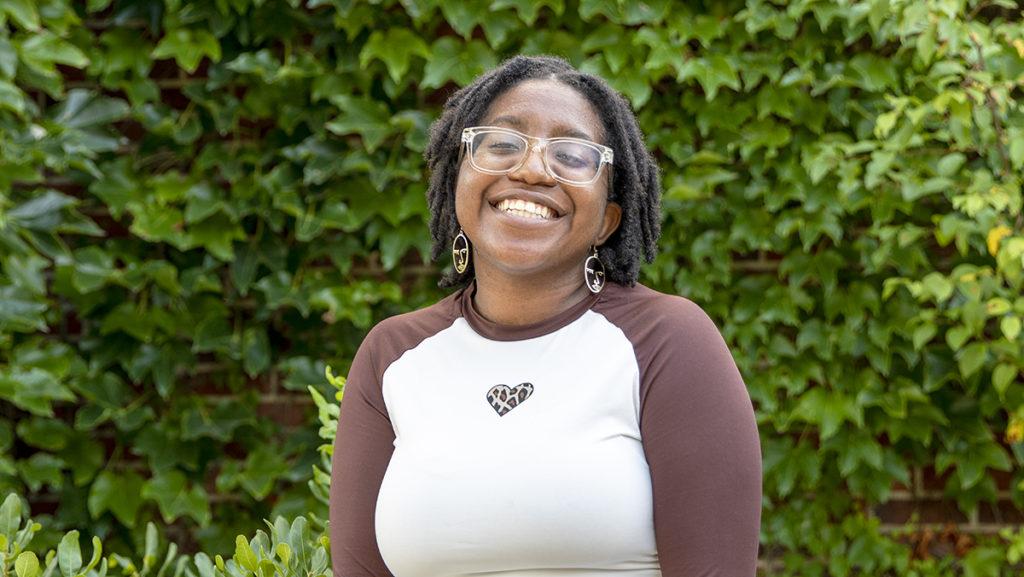“Why would you put that on your body?”
“But what does it mean?”
“You know that’s permanent, right?”
If you have a tattoo, chances are fairly high that you’ve faced these questions or similar ones. While becoming more and more acceptable in today’s society, the “inked” population is still a victim of stereotypes. Where does this negativity stem from? Has it always been around?
Some of the earliest known tattoos originated from ancient Egypt. Tattoos were symbolic of a person’s social status, but were also believed to have certain healing capabilities to them. In India, both tattoos and the traditional henna designs served as ways to proudly express one’s culture. Finding a way to openly depict religion or spiritual beliefs, ancient Japan also had found a purpose for the permanent body art.
Today, many people still have meaning behind their body art. Parents express their love for their children, cancer survivors bravely reflect upon their victory, and those who suffer from mental illness are able to have a visual representation of their commitment to bettering themselves.
Although tattoos can serve to represent positivity, negativity still surrounds them. Often times when someone hears “tattoos” they will picture a large, muscular man in a bar, cursing like a sailor with his motorcycle parked out front. “Delinquent,” “unemployed,” or “rebellious” have also been, unfortunately, linked to ink.
Maybe there was a time when these labels were true. It would be an adequate explanation as to why these generalizations are around today. It would also explain why older, more experienced generations are less likely to have tattoos.
However, times have changed. That seems like a very obvious, clichéd statement, but it is a relevant one in the world of tattoos. Employers aren’t viewing tattoos as negatively as in past years. Some may require that they be covered up, but they aren’t an automatic turn-off anymore. A person can be employed, well educated, and intellectually sound and still express themselves by means of body art. It is no longer simply masculine either. Smaller, “feminine” tattoos or ones with great meaning can be found on women’s bodies as well.
Perhaps we as a society need to open our minds to the concept of tattoos. Provided that the design is not offensive or derogatory, it should merely be seen as art. Each individual on this planet has different experiences that guide them through life and make them who they are today. The human body can, in a way, be considered a blank canvas. The scars and bruises and tattoos each symbolize a point in someone’s life. Behind every mark on the body there is a story, and I encourage you all to listen to them.






